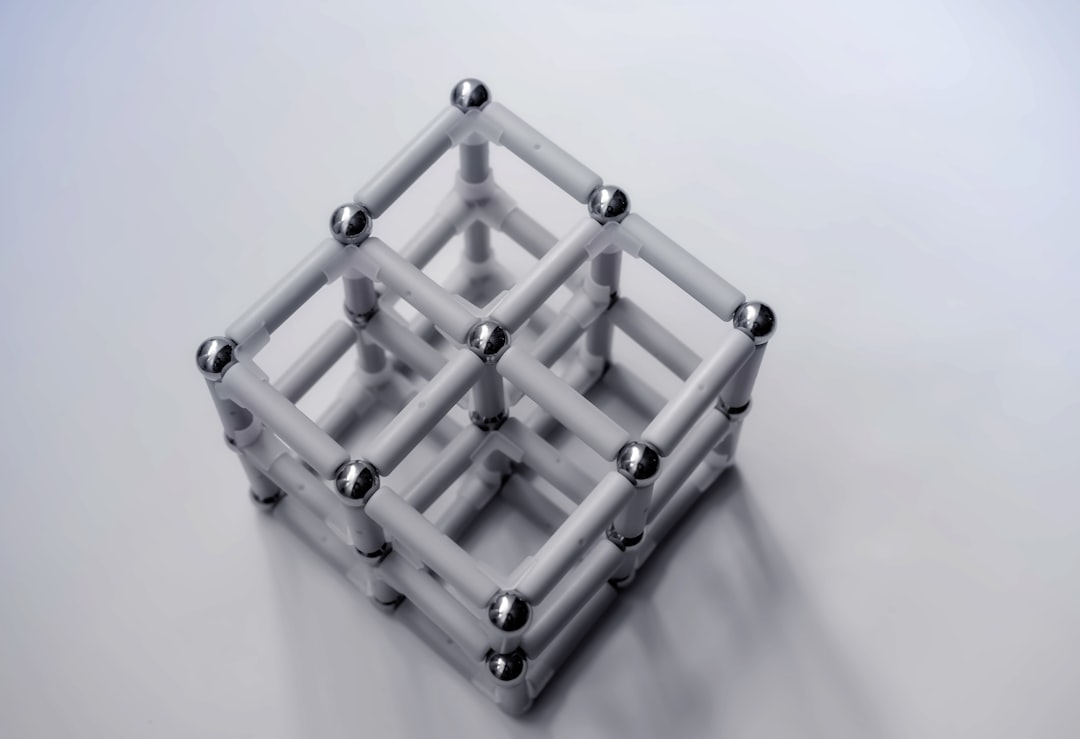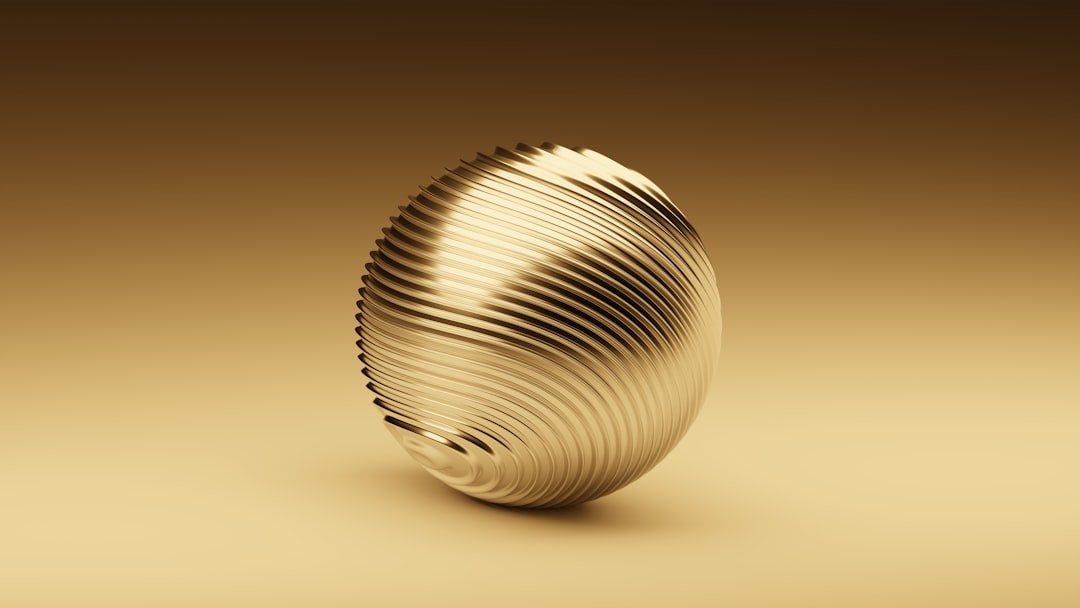What is it about?
We measured how ions are pulled by background neutral particles when moving toward the wall, specifically at the sheath edge—a physically important location. Despite most lab-generated plasmas interacting with walls, studying the reduction of ion flux toward the wall at the sheath edge was previously limited to theoretical or numerical methods due to experimental challenges. This article describes how we overcame the challenge, measured the reduction factor with our novel data analysis method, and discusses physical perspectives with suggestions for applications.
Featured Image

Photo by BoliviaInteligente on Unsplash
Why is it important?
In many plasma-wall interaction applications like probe diagnostics, semiconductor processing, Hall-effect thrusters in spacecraft, and divertors in tokamaks, understanding the number and speed of ions moving toward the wall is crucial. However, validating predictions on the reduction of wall ion flux through experiments is challenging, even with advanced plasma diagnostics. We used a simple small probe tip for the first measurements of the reduction factor.
Perspectives
These findings are not only valuable for applications but also hold significant meaning for me as an experimental scientist. Plasma physicists have been working with Langmuir probes for over a hundred years, yet their data is not fully understood; our new findings contribute to this understanding. Data always contains more physics than anticipated.
Dr. Yegeon Lim
California Institute of Technology
Read the Original
This page is a summary of: Experimental quantification of ion flux reduction at the sheath edge due to ion–neutral collisions in low temperature plasmas, Applied Physics Letters, January 2024, American Institute of Physics,
DOI: 10.1063/5.0180286.
You can read the full text:
Contributors
The following have contributed to this page










